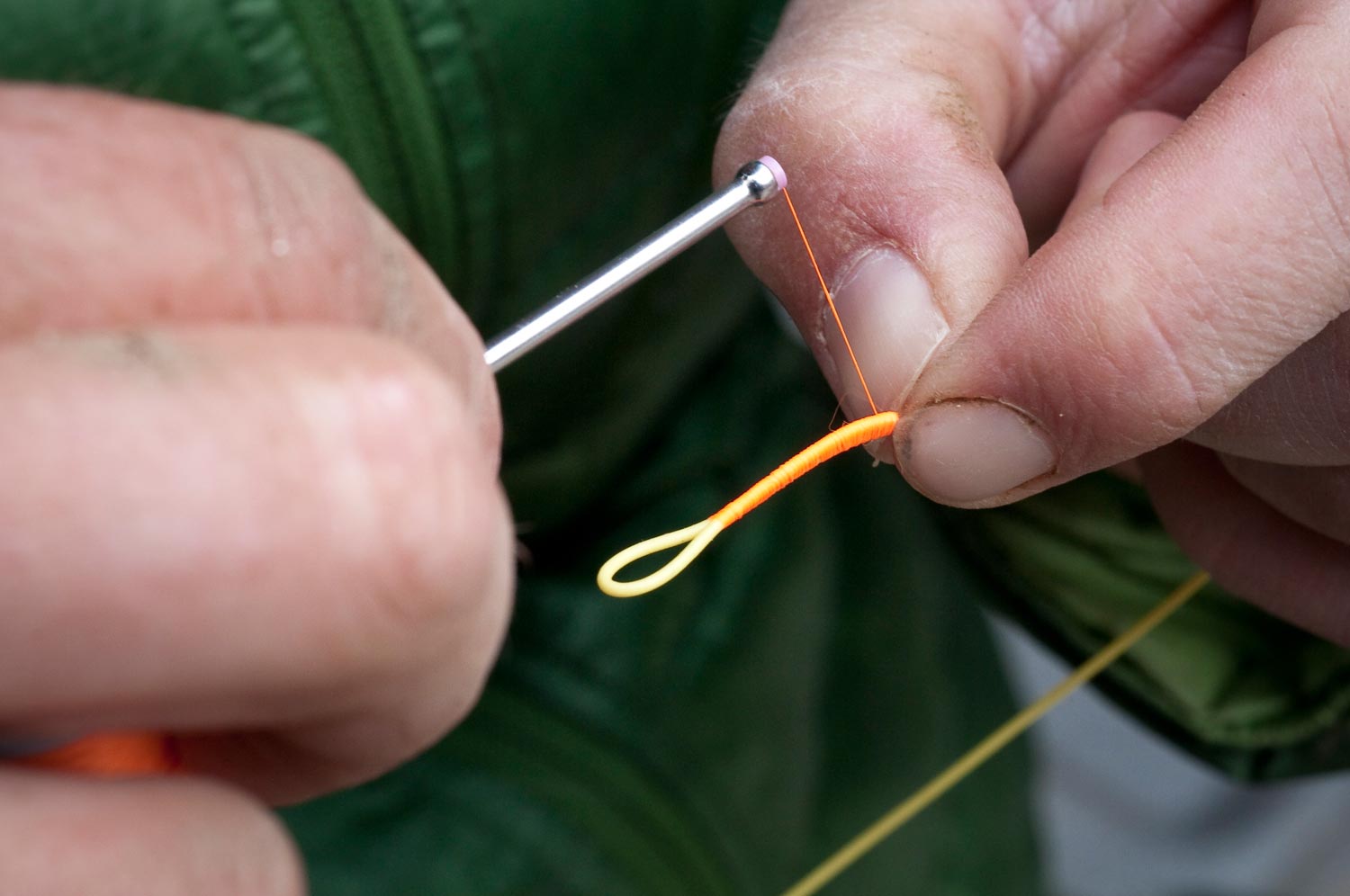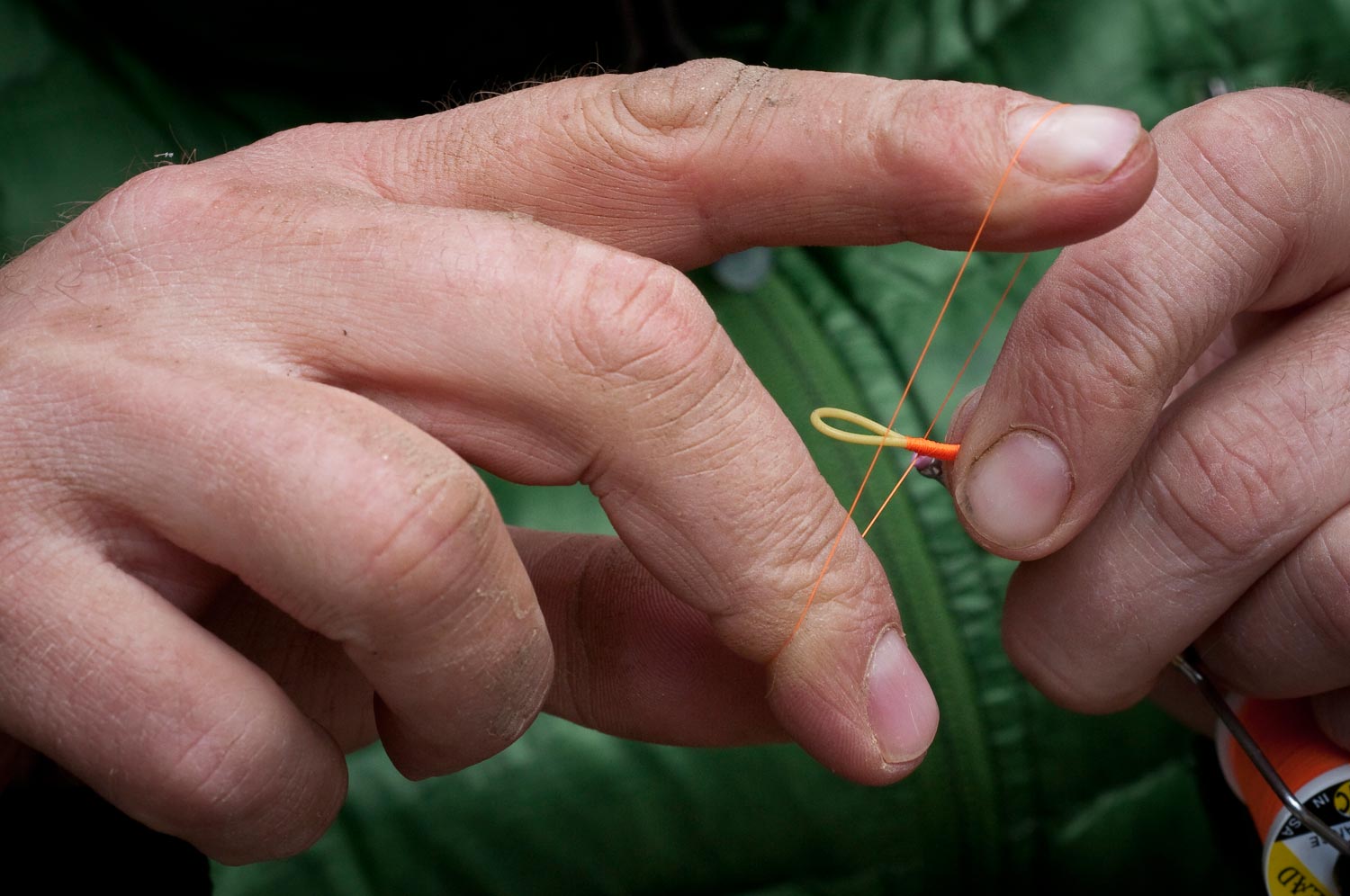How to make a Fly Fishing Leader – Tips for the Beginner

When it comes to setting up your fly rod for fly fishing, the last piece of the puzzle is the process of making a fly fishing leader. As a beginner, you will need to master this fairly well if you don’t want to lose caught fish because of poorly prepared leaders. Like all the terms of fly fishing, it depends on the specific target species to what your leader will look like. We will stick on the process of learning how to trout fish and we will stick to a leader for a 10ft rod of seven weight set up. Making your own leaders for fly fishing and make them well will add extra to your enjoyment of the sport and you will be able to get yourself out of difficult situations when you are having problems with your fly fishing leaders. In the following article, we will talk about making a fly fishing leader.
Making Fly Fishing Leader

In the following post, I will try to help you out by describing the process of making a fly fishing leader:
Process of Making Fly Fishing Leader

Generally speaking, you can make a trout leader setup from lighter material than the fly line. This is possible due to a couple of things, one we want to present our flies with a nice flutter down onto the water and without making a splash and secondly, we need to use something that the trout will find hard to see.
You may wonder how effective a trout’s eyes really are and will they be able to see the lines. For your wonder, I can tell you they have very keen eyesight and can spot a small dark fly in the dead of night. When fishing for sea trout it is better when the night becomes darker and those trout could pick up your fly when it was difficult to even see your hand in front of your face. So, when we are trying to deal with it, we need to decide on line diameter and color.

Again this depends on the target fish. You can catch a trout of 1-2lbs effectively on 3-4lb mono whereas for a trout of 6-8lb you would need something around 5-8lb depending on how hard you want or need to play them. I say “need” as fishing catch and release purpose and it requires that you get the fish to the net as fast as possible and so releasing without exhausting it completely. Some species of fish do not do well when they get exhausted and they will need longer times to gain their strength.
So when we have matched our breaking strain to our target species, next we need to try and match the color of the water. Mono is by far the cheapest material of all, though it can have good success when matching the color and you can keep it small in diameter but fluorocarbon has been proven to be better than mono. However, when it comes to the price, fluoro can be expensive depending on the brand. I will suggest you use both. If there are wild brownies in a trout river who have a scarce food supply both will work at that time because the trout are starving and will take most flies swimming past its nose. However in a river where there is enough amount of food supply then the fluoro will provide better stealth to fool the trout into thinking your fly is food.

I mentioned color and you must take it into account. Not all water has the same type of color. It can vary from brown through greens to blues to clear with so many tones in between them. If you can match the line color to the water then I must say you have a better chance of fooling the trout. As a beginner, I would suggest you carry three spools of mono and they are clear, green and brown. This should be able to cover most situations.
To get a good response on a fly cast a leader should ideally be tapered especially when you are trout fishing with dry flies or small wet flies. The tapered effect of the leader allows the fly to smoothly fall down onto the water so it minimizes splash. When fishing with larger flies, some tapering can be useful but not really necessary as you would usually be fishing with these in large waters with the good flow or in the sea.

When you are starting out it is better not to make the leader too long as this can cause a whole set of problems especially if there is a strong wind. For this reason, I would recommend a leader which is approx 8-9ft long. I would also suggest you only try with one fly but for this article, we shall show you how to tie in a dropper so you can make up leaders of one, two or three flies later without any difficulty. I have seen Scottish anglers on laughs with teams of 4-5 flies but I think this is not necessary unless you are very skilled as one gust of crosswind can turn your leader into a bird's nest.
So the first thing to do is choose the material of your leader. You will find a whole bundle of options but for simplicity and budget, we will use basic clear monofilament of 8lb breaking strain. There are two main processes to make a leader. The first process is you can use one piece of mono and cut it into two pieces then join them to form the dropper. For the other, you just need to use one full-length piece of mono and add a second short length to it to form the dropper.
First method – Take your piece of leader material and measure 9ft. Cut the material in two pieces then tie two blood knots together leaving one tag end about 8 inches long. When you are tightening, make sure to wet the knots so you don’t burn the material and weaken it. Next, you should have a dropper which is sitting proud of the mainline and a tag end. Now, trim the tag end close to the knot.
The second method – Take a piece of leader material that is 8-9ft long and take another piece about 12 inches. Form a three-turn water knot with the two pieces of material that you took around the middle of the long length which is about 4-5ft. Don’t forget to moisten before tightening and trim the tag at Surgeon's Knot end. You can make the dropper sit perpendicular by trimming the lower tag end and to make it sit close to the mainline by trimming the upper.
Conclusion

So there you have a few things to look out for and you also saw how to make a basic leader. When you get more advanced in fly fishing, you can slip in the material of different diameters to form tapered leaders which will give better turnover of the flies. But before doing so, you need to master the basics very well.
